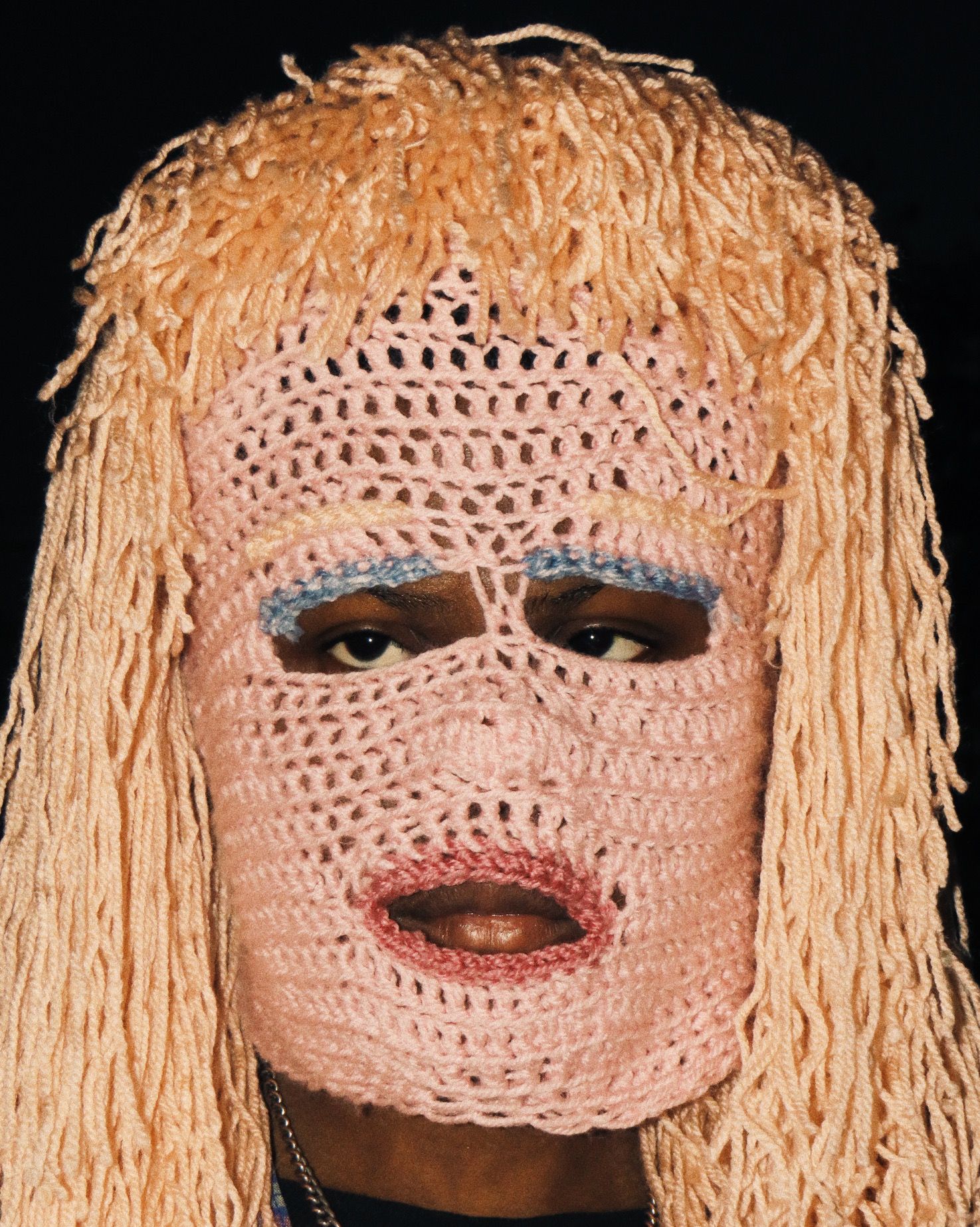
#KREATIVITÄT: ANIKA MEIER IN CONVERSATION WITH AIDAN MELLER AND AI-DA
Today, the robot artist Ai-Da is going viral worldwide as one of her artworks goes up for…
Interview by Anika Meier

There are artists who seem overrated and there are artists whom you wish you had discovered earlier. Some you would hope had been shown to you earlier. Our artist to watch for today is taken from our „ALTER“-Issue Selection: Kensise Anders.
On the socials she calls herself DJane Guetta and Christenpunk. When Kensise Anders goes online, she uploads and shares an avalanche of footage that is a filtered choice, a condensate of what she consumes online. It is a tangle of unheard memes, silly fun facts, critical to fake news, literature photographed from a book, snippets from other Instagram and TikTok accounts, all combined with self-produced “content” that is a piece of performance art in my opinion, ranging from selfies with outrageous filters, shots of her friends eating, cooking or smoking weed, as well as her monologues on racial issues to the best and worst from German and global trash tv culture. Sometimes there are photos from Karl- Marx-Allee in her former neighborhood in Berlin to her apartment walls in Vienna, where she now lives and studies at the Fine Art Academy. Apart from all the posts and videos on her stories, Guetta often sports her own crochet wear, which are beautifully and technically created pieces with happy-sad-emojis to powerful and serious engagement with questions of identity politics and racial issues. Anders crochets her entire wardrobe, that at the same time become art pieces, especially by her performative interventions that we can see on her Instagram.
“Crocheting, for me, is some kind of secretive language. I am using monotone or multi-colored yarn to create crochet wear with mere text references, sometimes icons and that takes a lot of technical rules and formulas,” Anders says about her work. The word “text” comes from the Latin textere, which means to weave. The text as the textile as well as the garment as something woven or written. Analogue to writing a text, a crochet piece starts with one line, from there the pieces somehow “write” themselves, as Anders elaborates: “One starts with a fixation on an idea, which in its implementation leads to a kind of communication to the outside world. I would call this a ‘line.’ This line can be wool or yarn, which one crochets into surfaces in order to process them into three-dimensional bodies. I can crochet anything I want and everything starts with a line. I see crochet as a kind of ‘past performance.’ No one can really observe or understand it, but the result of this performance will be a final product that you can touch and that can be experienced.”

Today, the robot artist Ai-Da is going viral worldwide as one of her artworks goes up for…
Interview by Anika Meier

nasty endings
Poems by Yannis Christ

Interview by Anika Meier